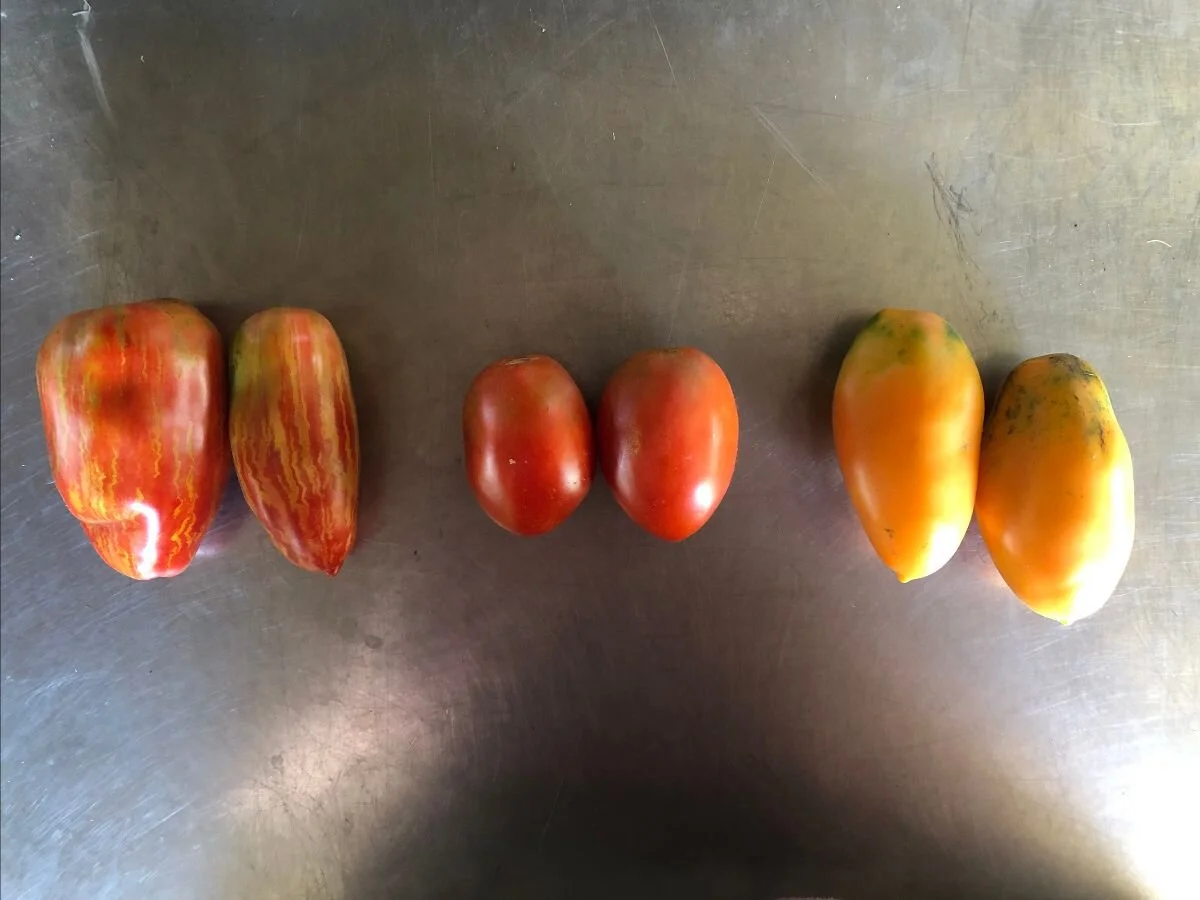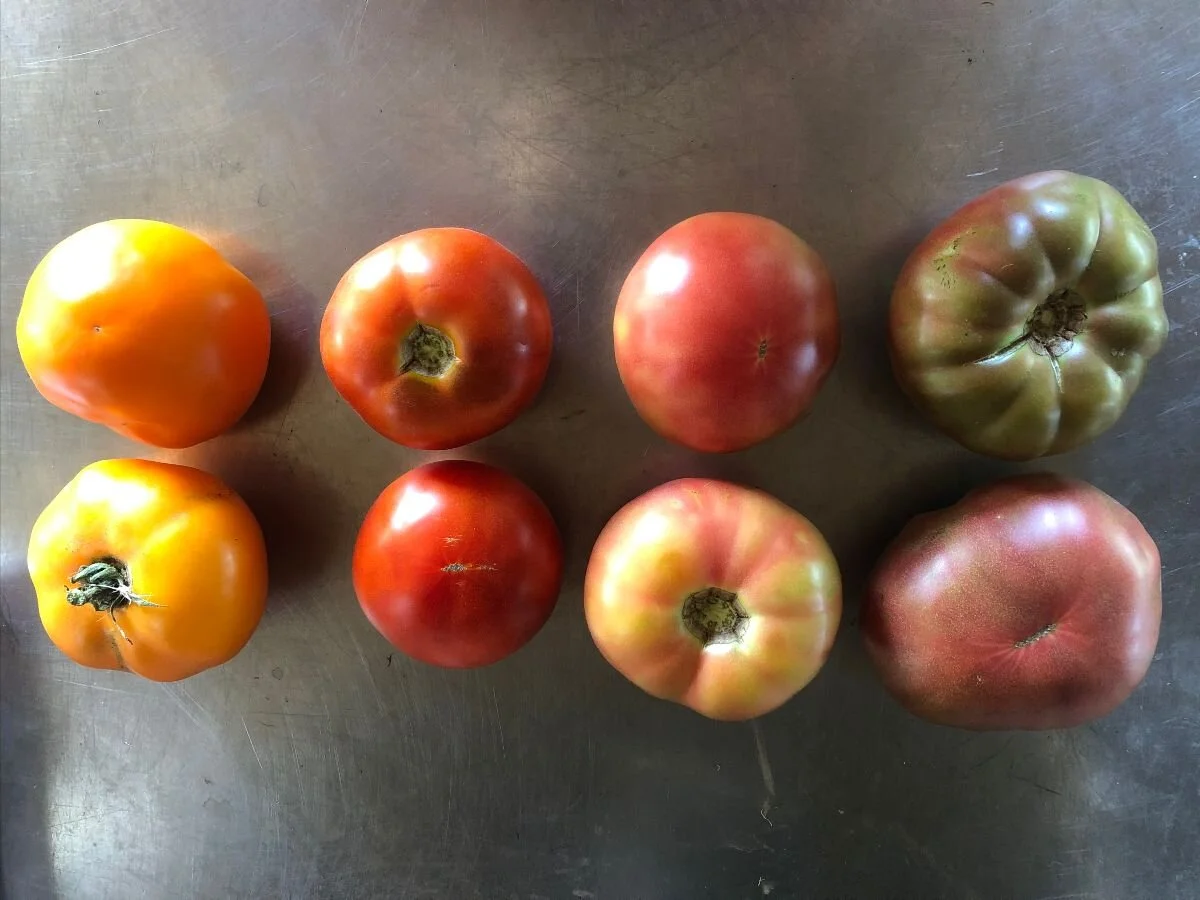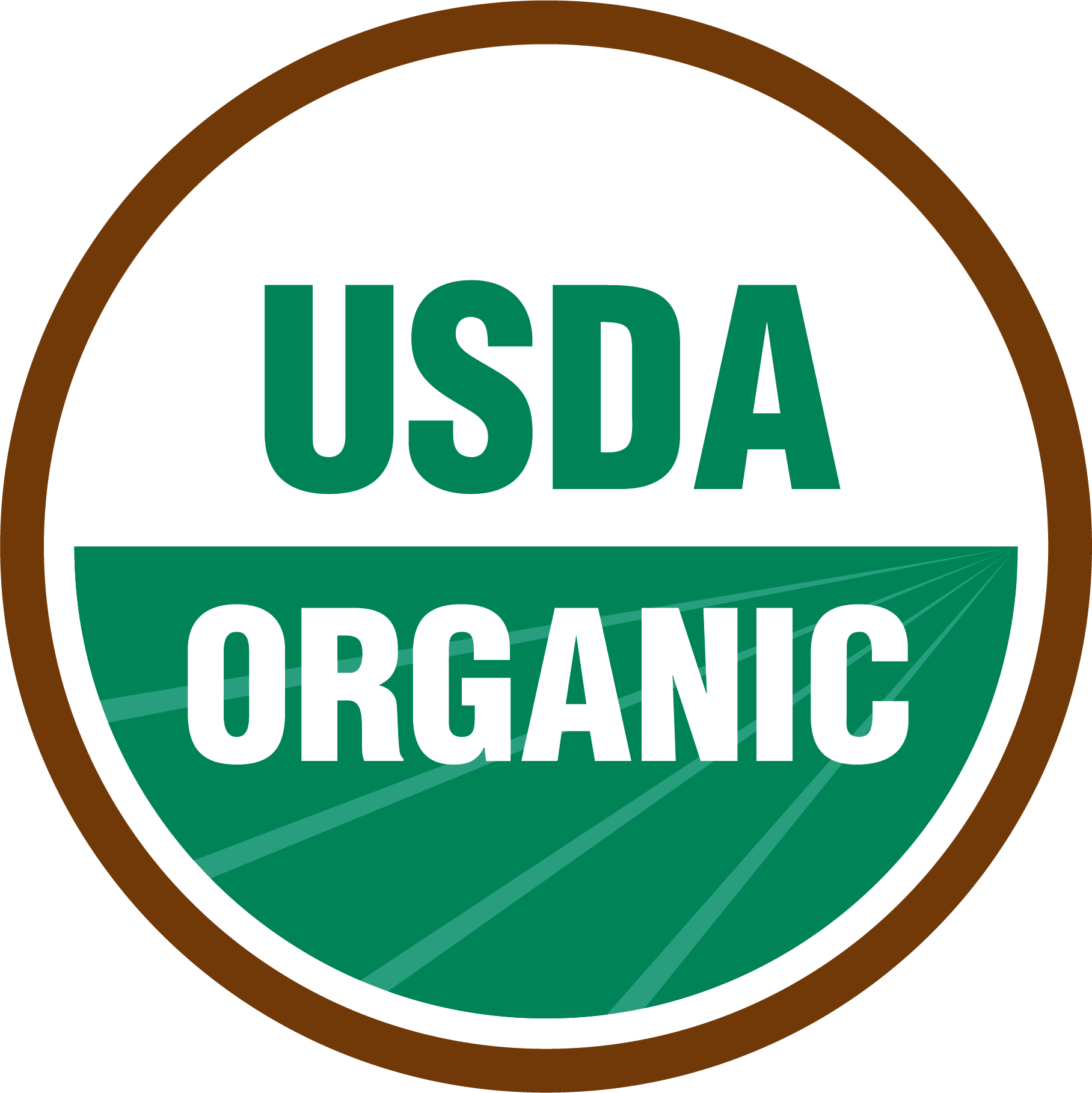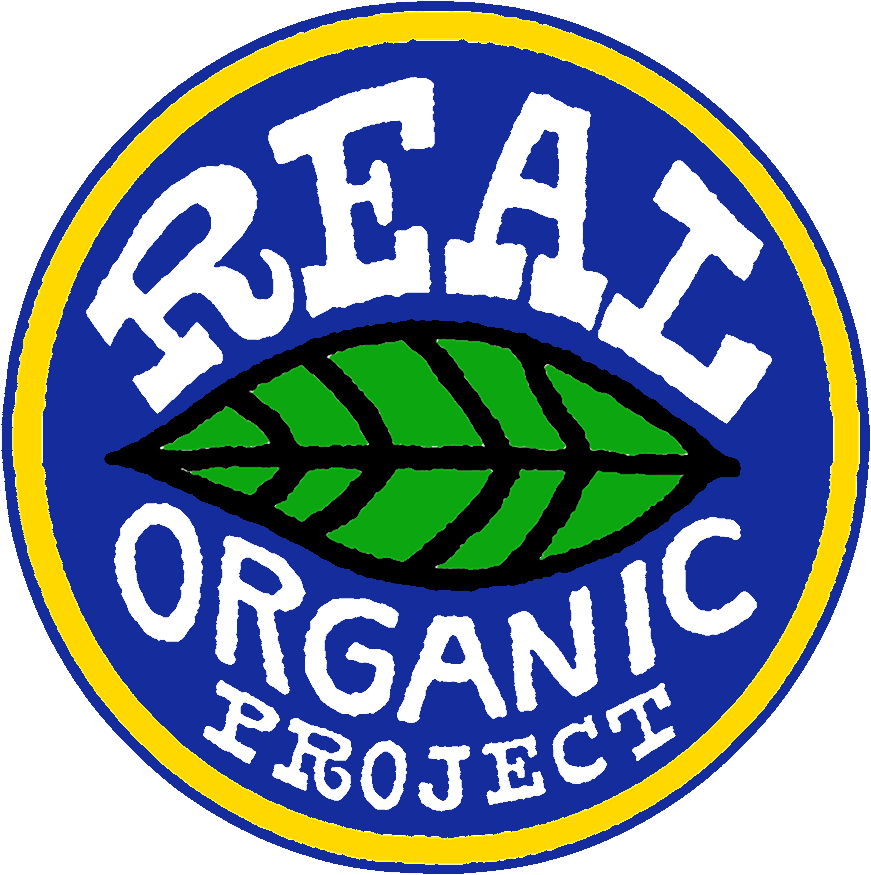Dear KCSA community,
Bolting (prematurely flowering) lettuce is common in the hot and humid summer months here in SE PA. Lettuce simply can’t stand the heat! It either shuts down entirely (goes dormant) or panics and goes into emergency reproduction mode (bolting). Growing lettuce when it is cooler—in spring and fall—is a lot more predictable and produces the biggest, crispest, and sweetest heads.
This season, we were so close to having 13 straight weeks of lettuce on the share. That’s definitely our record of consecutive weeks! Even at this point, exactly halfway through the season, and despite the fact that we have literally just run out of lettuce (don’t panic, we just planted more), I feel confident enough to say that this is our best lettuce year so far…
This is no accident. Each successive year we tweak the lettuce sowing schedule. After year one, we realized we needed to increase the number of sowings per season and focus on growing more heat tolerant lettuce varieties. After year two, we further increased the sowings per season and trialed many different heat tolerant varieties of lettuce to find the most adaptable to our farm. And, after year three, we narrowed our head lettuce varieties down to the six best performers. With, yet again, a slightly higher sowing frequency rate, we reduced the number of heads grown in each succession, forcing our hand to harvest the heads when they were little more compact. This has meant less wastage and more harvested heads for members—a win, win!
WHAT'S IN THE SHARES THIS WEEK!
SWISS CHARD, PARSLEY, ZUCCHINI, CELERY, GARLIC, COLLARDS, EGGPLANT, ONIONS, PEPPERS, TOMATOES, & SUMMER SQUASH
U-PICK:
CHERRY TOMATOES, HOT PEPPERS, SHISHITO PEPPERS, TOMATILLOS, GROUND CHERRIES, FLOWERS, HERBS, & BASIL.
Now, we can’t claim that every member got two heads of lettuce each week because there were a couple of harvests where some members got bagged salad mix. This salad mix was also part of our latest experimentation in trying to curb KCSA’s mid-summer bolting lettuce dilemma! It didn’t quite work out to plan; however, we did get some harvesting from it. Not only was the timing slightly off, but the lettuce still prematurely bolted despite successfully lowering the temperature in the tunnels with the shade cloth. Not only was it still hot in there (it has been a consistently very hot summer), we believe the shaded structure stressed the plants, especially over the last few overcast weeks, and made them “leggy”.
This happened with the tomatoes in 2018. Now, for those who don’t remember, 2018 was a really wet year. In July we also had a two week stretch of storms and overcast weather where it felt like we didn’t see the sun! That season, we were experimenting with shade cloths over the tomato tunnel to reduce the temperature in the tunnel to decrease the damage caused to the flowers by excessive heat (>90F can = dead flowers). We didn’t have enough shade cloths to cover the whole structure, so the plants at the front of the house (unshaded) looked fine and the plants at the rear of the structure (shaded) were 6ft taller and spindly. It was quite bizarre.
So, as clear, bright skies in the summer months become less consistent and predictable, shade cloths over tunnels do not seem to be the solution to reduce bolting! In fact, it could be exacerbating the issue during the new normal of unpredictable weather. We have been tweaking our tomato plantings to try and accommodate this as well. The importance of having lettuce all season is up for debate. Perhaps, the solution is to figure out what other greens we could prioritize to have as a substitute for lettuce in late August/early September?
Dandelions have been introduced for this reason, but we know they are not everyone’s cup o’ tea! We tried to get collards in earlier this year, but they have been mercilessly attacked by flea beetles and harlequin beetles, and are not a good substitute for salad. Neither is chard, despite its versatility and our seamless spring to fall transition! Maybe, the lull in salad greens is inevitable? We just have to accept that and move on…
Cheers,
Andrew






































